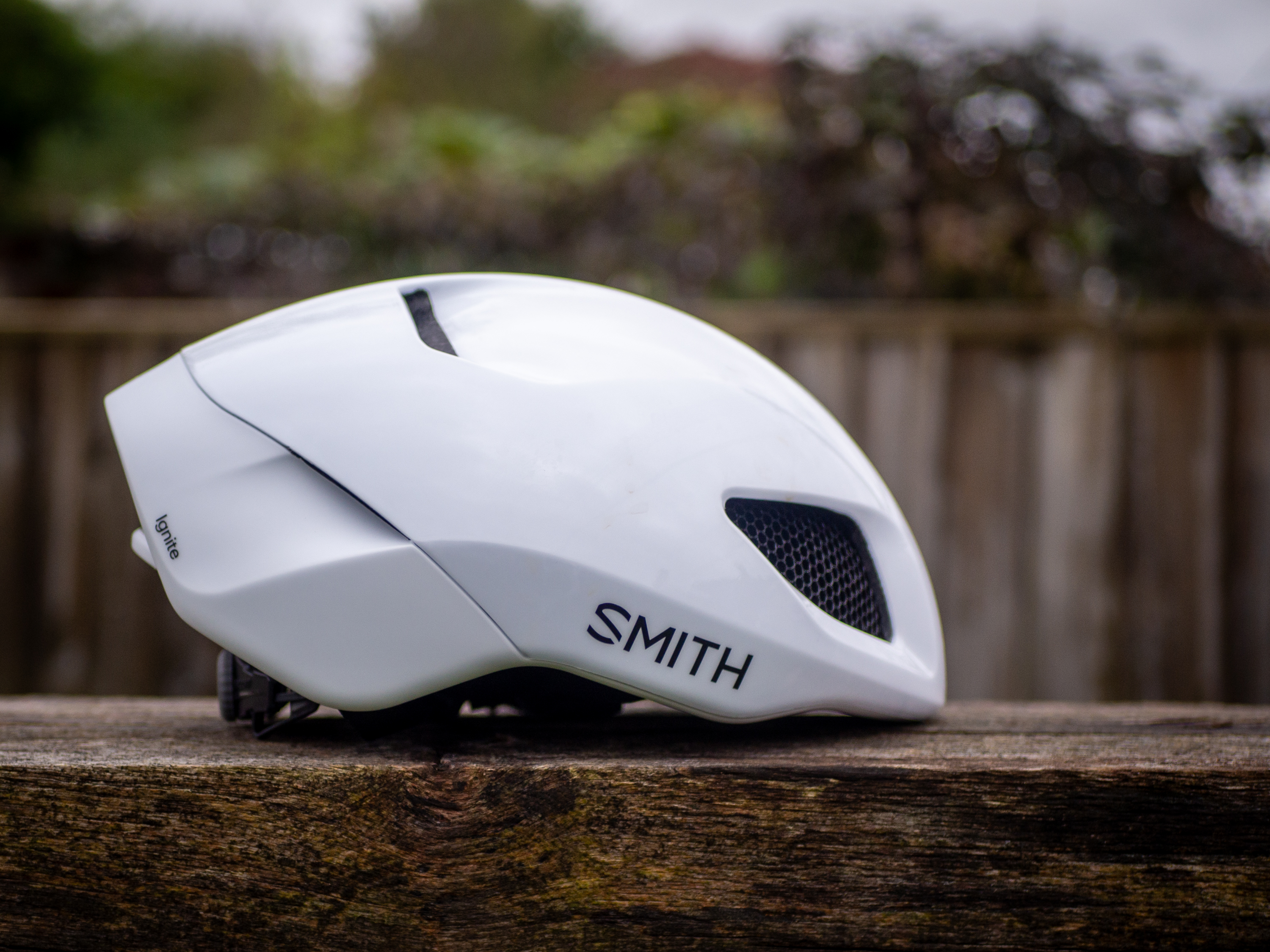Cyclingnews Verdict
The Smith Ignite features safety tech from both Koroyd and MIPS promising to improve safety in the event of a crash. However with no independent testing to back this up, and average wind tunnel results, it’s hard to recommend this helmet over other better tested options.
Pros
- +
Plenty of safety features
- +
Lighter than advertised
- +
Comfortable to wear even with a cap underneath
Cons
- -
Not the best performing in the wind tunnel
- -
Ventilation is average compared to other aero helmets
- -
Glasses storage is hit and miss plus difficult to target accurately
You can trust Cyclingnews
Price: £239.99 / $250
Weight: 285 grams - M
Sizes: S/M/L
MIPS: Yes
Colours: Black / Matte Black / Matte White / Matte Petrol Fade
Released in February 2019, the Smith Ignite was the brand’s first fully aero-focused offering. It remains its top-of-the-range race day helmet today and can be seen on the heads of the Human Powered Health women's team.
Included with the initial launch were aero testing results that suggested this was one of the best aero helmets around, showing it outperforming the Specialized Evade II and Giro Vanquish. However, since then these competitors have been updated and replaced by faster, better ventilated models. Our recent wind tunnel aero helmet test positioned it almost exactly mid-table against 22 of the best road bike helmets around.
There is of course more to a helmet than aerodynamics though, and safety is an area where Smith has really focussed. Using both the now-commonplace MIPS liner, with additional impact protection in the form of Koroyd - a series of straw-like tubes, stuck together to form a honeycomb structure - the Smith Ignite aims to be a performance aero helmet that boasts improved safety.
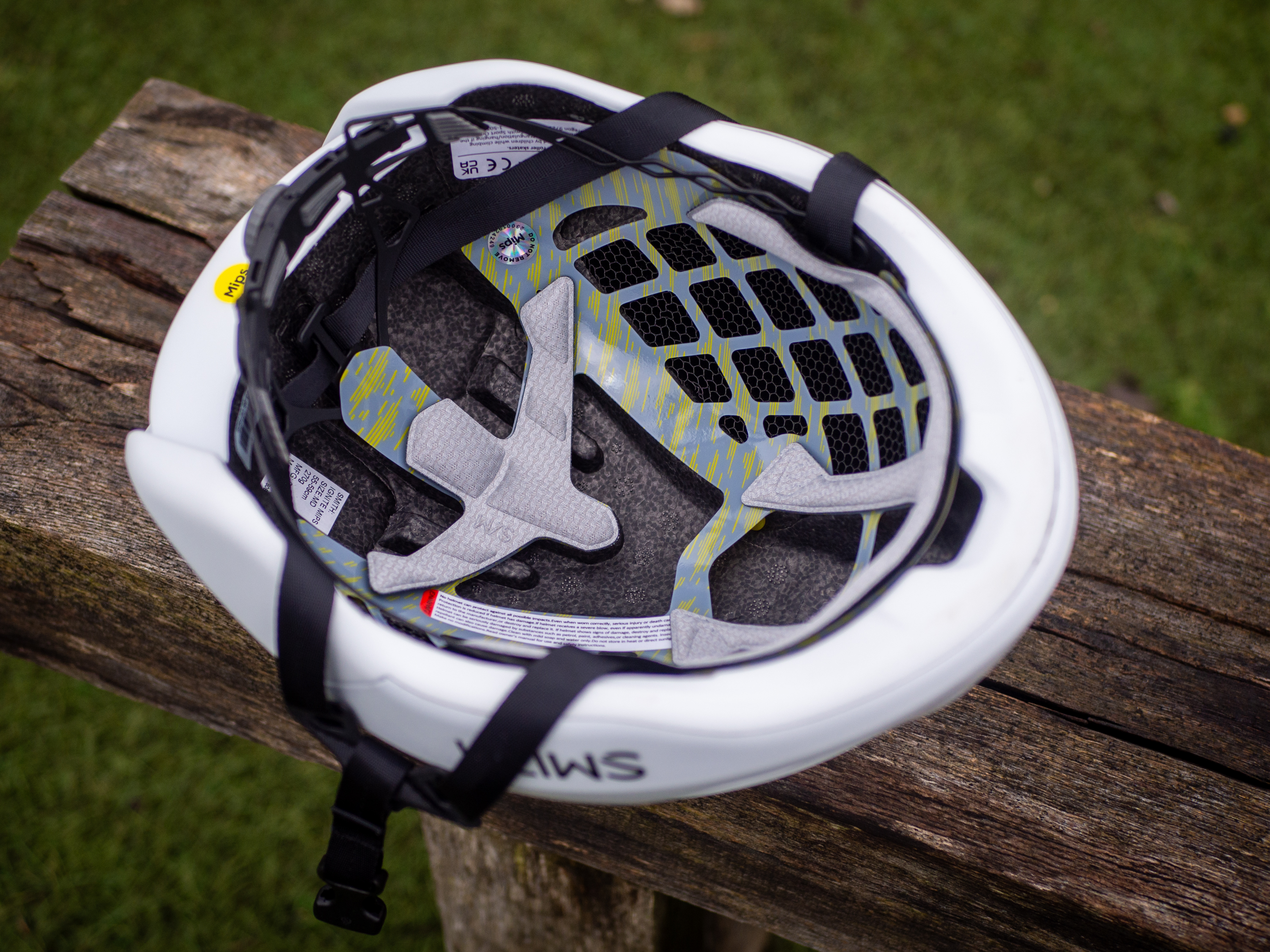
All this comes in at a price of £239.99 / $250.00 putting it nicely in line with the majority of current aero helmets, but can be found discounted online often.
While I've been using the Smith Ignite here in the UK, the weather has varied between low single figures to mid-teens. It has provided me with ample conditions to test ventilation and comfort, while our wind tunnel test put the helmet through it's aero paces.
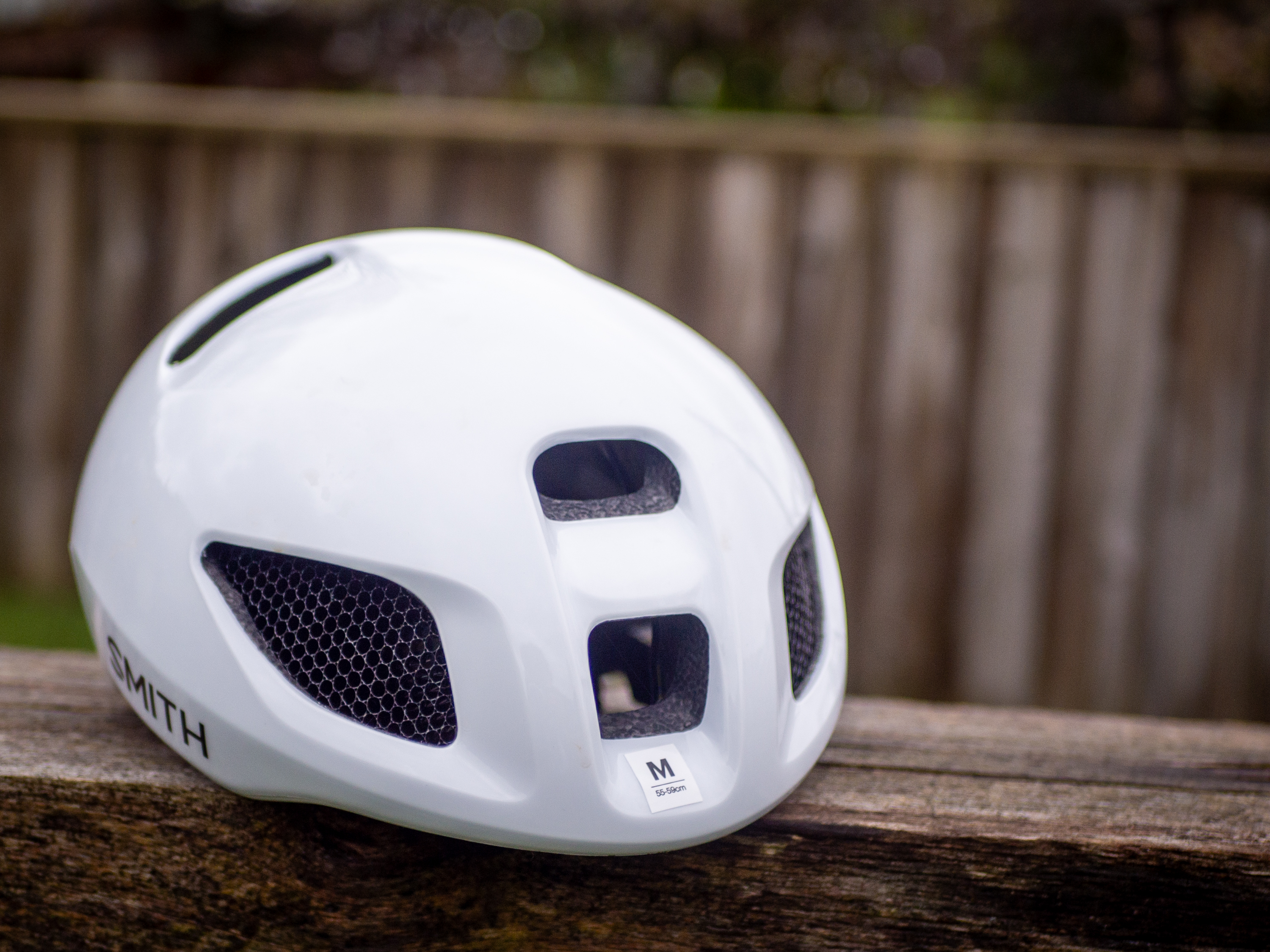
Design and specifications
The Smith Ignite MIPS helmet is the brand’s aero offering designed for racing and maintaining safety. The polycarbonate shell extends down and around the EPS foam inner to give a premium finish and prevents any dents in the foam when putting the helmet down on surfaces. It also features plenty of smooth surfaces with two large frontal vents with deeper internal channelling guiding airflow to the large central rear exhaust and two small rear side exhausts. This is complimented by two NACA (National Advisory Committee for Aeronautics) vents across the top, which are lower drag air inlets with an aim to reduce turbulence at the rear of the helmet. These NACA vents are becoming more common place to see on aero helmets and can also be spotted on high performance road cars as well as in Formula 1. There are two additional frontal side vents which feature the honeycomb grid structure across them, which can also be used to stash sunglasses and were designed with Smith own range.
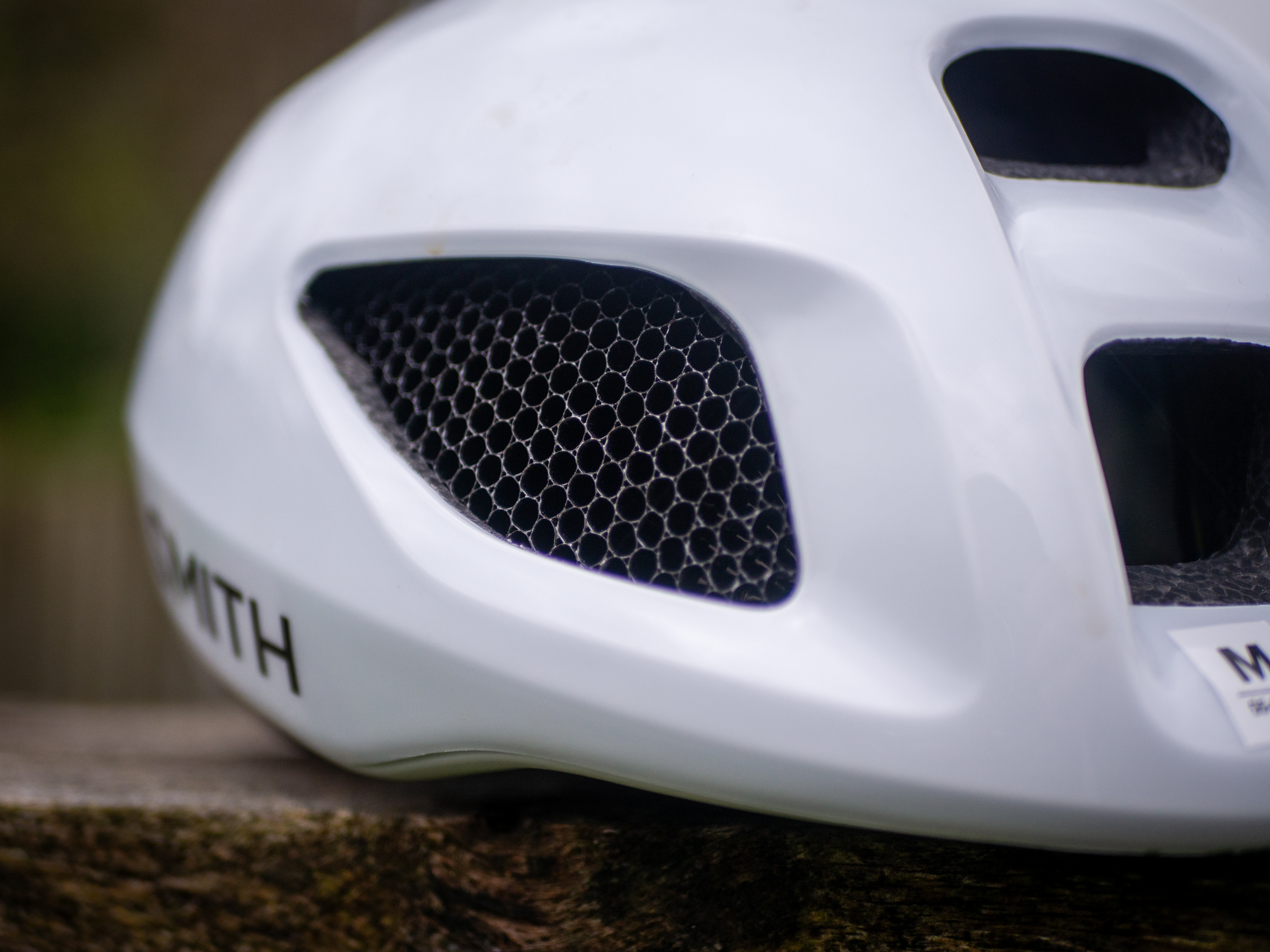
This honeycomb grid structure is the Koroyd energy absorbing impact protection system. Koroyd is made up of a series of tubes which are bonded together to create a structure. This is designed to add additional protection in the event of blunt impacts due to the Koroyd structures being able to absorb shear and impact forces across multiple planes of movement. The Koroyd structure is placed around the temples of the helmet where blunt force and side impact is most often found to occur together. It’s also found in helmets from other brands such as Endura, and is similar in design to Trek/Bontrager’s Wavecel structure.
The latest race content, interviews, features, reviews and expert buying guides, direct to your inbox!
This is paired with a MIPS (Multi-directional Impact Protection System) protection liner internally for protection against rotational impact, with a full internal skeletal structure to create a roll-cage plus additional structural support.
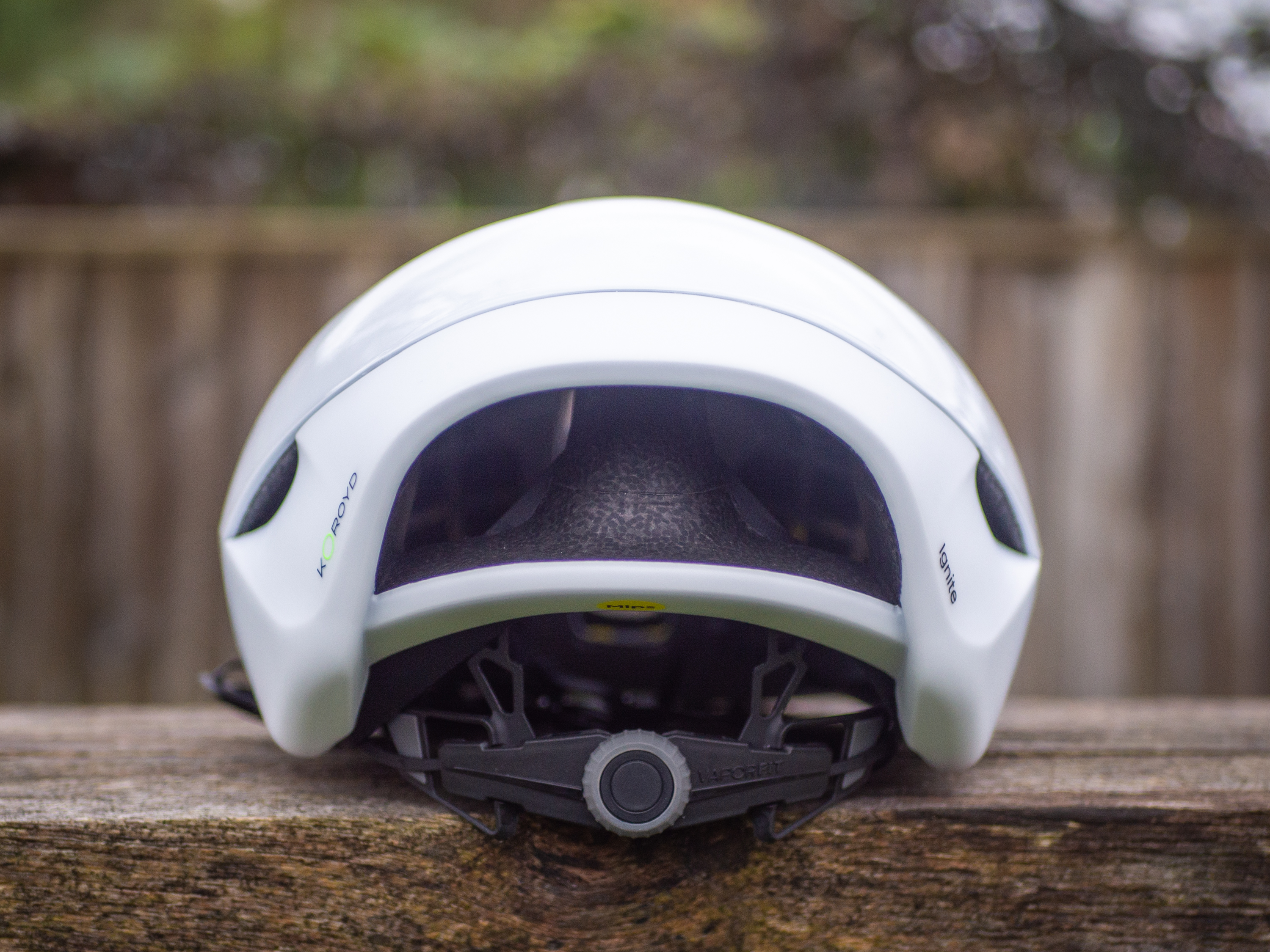
The rear cradle has three points of vertical adjustment, while the grippy and lightweight VaporFit dial adjustment offers 270-degree retention. A fairly standard three-pronged buckle is used and a three-way splitter allows for adjustment around the ears.
Iconic+ padding is used sparsely but effectively and features a sweat-activated odour control with antimicrobial properties. This is the same padding material used by Giro in its Eclipse and Aries helmets. Claimed weight is 310g for a size medium, but came out at 283g on our scales. Three sizes and four colourways are currently available.
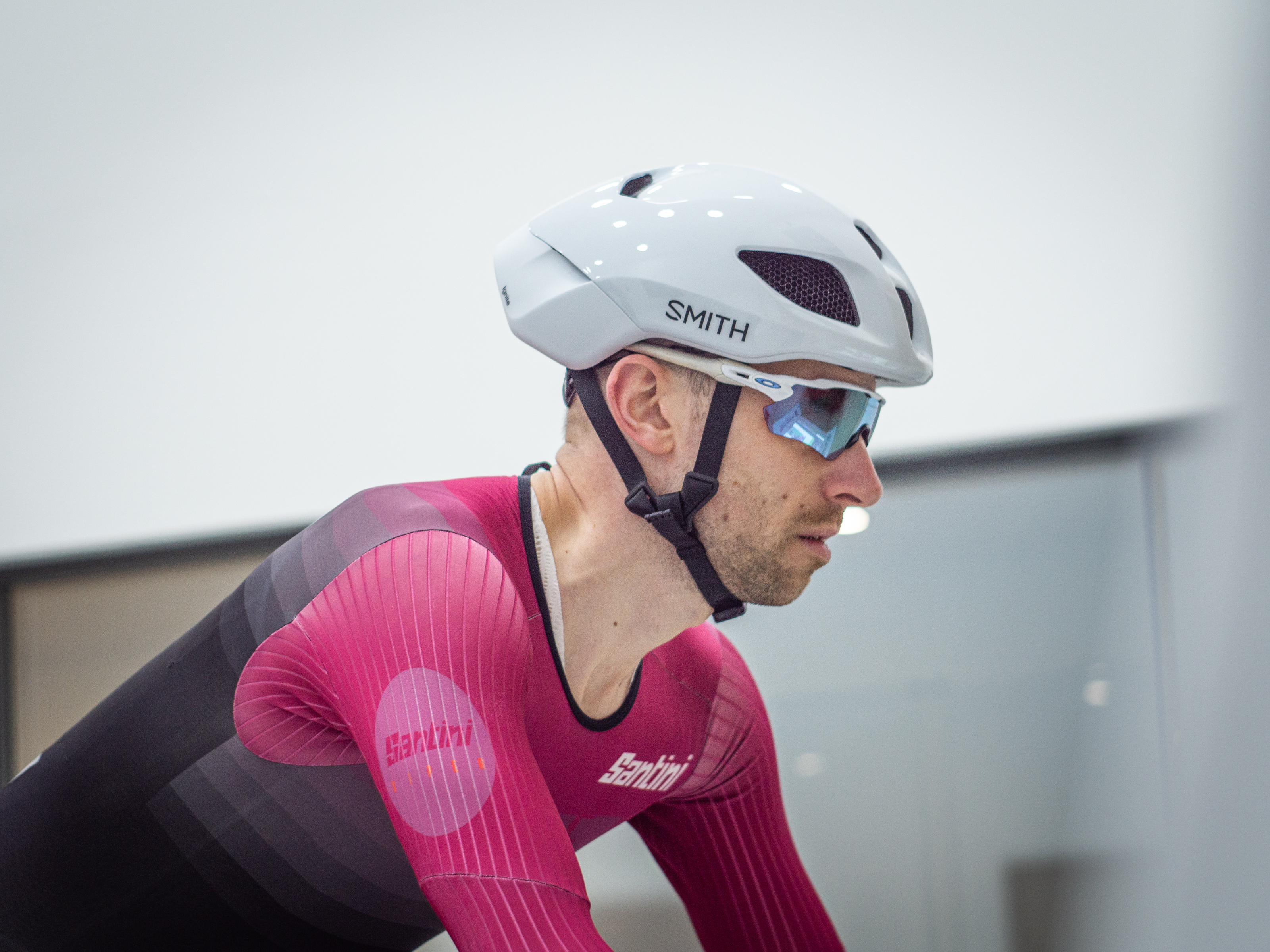
Performance
The Smith Ignite helmet is noticeably a comfortable helmet to wear. Although it’s in the heavier realms of an aero helmet, this range is generally covered by around 50 grams and in practice I don’t find this weight on my head is noticeable, so shouldn't be enough to affect your purchasing decision. Featuring a reasonably wide range of fit, the Ignite was comfortable enough with or without a cap underneath, while the adjustment system is easy to use and effective. Splitters around the ears plus a very nicely tabbed chin strap make for easy adjustments with limited material flapping. Meanwhile, the vertically adjustable cradle and retention dial make it very easy to tailor the position well.
Comfort aside, the measurable and testable performance factors that matter when it comes to an aero helmet are where the Ignite does fall short a bit. In our wind tunnel testing of aero helmets, the Ignite finished 13th putting it mid-table, and arguably slightly lower than average for aero helmets, given the test also included some traditional vented helmets.
We made sure in our testing to keep all variables to aero performance consistent with just the helmet changing so that results reflected only the changes in the aerodynamic performance of the helmet. Compared to the top-performing POC Procen Air, the Ignite loses around 5.5 watts at 40km/h, making it 25 seconds slower over 40km at 250w. This isn’t too bad when you consider that this helmet is nearly five years old and aero helmet technology has come a long way since then. However, from an aero-performance perspective alone, it does make it difficult to recommend.
Another area where performance lacks slightly is ventilation. I’ve been testing this helmet in more wintery conditions of late and I’ve still had times when my head has felt noticeably warmer than when wearing other aero road helmets.
I think a good part of this is down to the front vents being particularly blocked off by the Koroyd structure, while the front vents don’t feature particularly deep internal channelling. This means that hair can easily get into these channels and reduce the total airflow, heat transfer, and therefore ventilation.
Crash protection is, of course, the main reason to invest in a helmet, even an aero-road one. However, it’s not an area we can particularly test voluntarily. Smith has included a host of crash protection features in the Ignite with the aim of making it one of the safest on the market.
As previously mentioned, the helmet uses Koroyd on the front temples and within the two side vents. This structure is designed to absorb the high energy from fast-paced impacts but also allows for shearing and compression for added rotational impact protection. This is then paired with a MIPS liner internally which is aimed to reduce the effect of rotational impacts on the brain and reduce the instances of concussion.
Both of these do add a little to the weight, and potentially impact the ventilation, but are arguably worth it for added safety. However, when looking to third-party crash protection validation, the usual Virginia Tech Helmet Rating is not something that the Smith Ignite has been subjected to. Other models have been tested, such as the Koroyd-equipped Smith Route, which achieved a 5/5 but an overall placing of 147th while the Smith Overtake was 165th with a 4/5 score. The combination of MIPS and Koroyd does promise improved protection, but as yet there is no third-party validation of this.
Value
Coming in at £239.99 / $250.00, the Smith Ignite sits firmly in the mid-range of pricing for aero helmets. The Kask Utopia Y for example performed slightly better in the wind tunnel at £245 while the MET Manta performed very similarly at £220.
There are also cheaper helmets that performed better in the tunnel, such as the Van Rysel FCR but there are other areas where that helmet falls short. Given the high-quality finish, overall comfort, and multiple additional safety features of the Smith Ignite, it may present reasonable value despite its downsides.
For those who want a helmet with additional safety features, the Smith Ignite may present a novel and comprehensive offering with protection technology from both Koroyd and MIPS. However, for those seeking either pure performance or even performance for the money, some alternatives will better suit those needs.
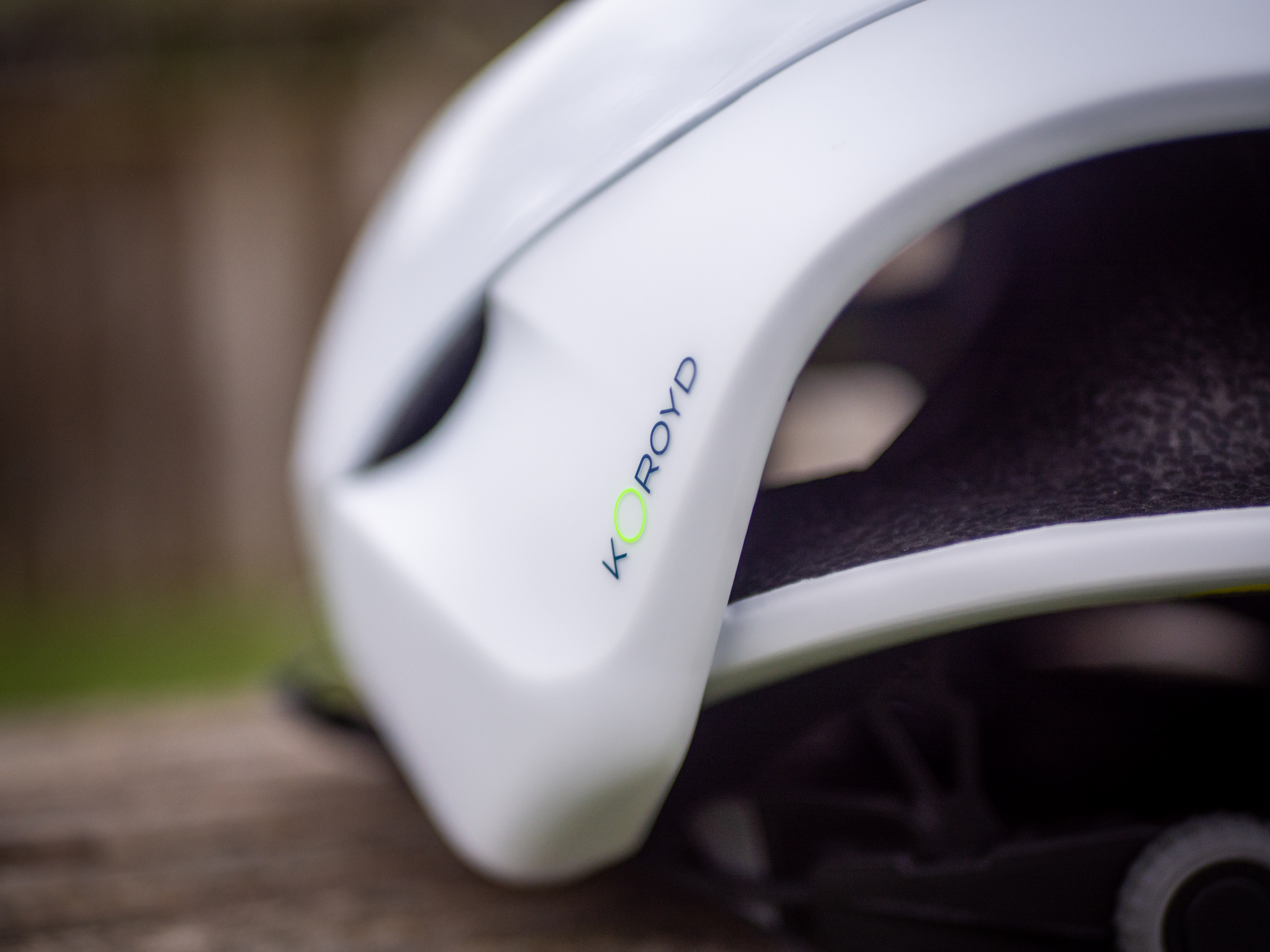
Verdict
With a host of additional safety tech, a good level of comfort and adjustment, plus a really neat and clean finish, the Smith Ignite is a decent aero helmet. However, it is being assessed as an aero helmet so needs to perform in that aspect as well as ventilation for an effective overall package.
In both those performance metrics, it does not perform as well as its peers, in part likely because it’s an older model but also due to some of those additional safety features.
For those who want a helmet that potentially offers additional impact protection, although not third-party validated, then the Smith Ignite may be worth considering. For those solely performance-focused, look elsewhere.
| Design and Aethetics | A good quality finish and low bulk make this a stylish and smart looking helmet. | 8/10 |
| Comfort | Comfort levels are great thanks to the retention system and effective straps. | 9/10 |
| Ventilation | Even in colder weather the airflow and ventilation is not particularly great. | 5/10 |
| Safety | No independent testing results yet, but the use of proven safety features does give credibility to the claims. | 8/10 |
| Aero Performnce | Coming in with the bottom of the mid range scorers, aero is not this helmet's strong point. | 4/10 |
| Value | Quality finish and multiple additional safety features, however lacking in aero and ventilation for the price. | 6/10 |
| Row 6 - Cell 0 | Row 6 - Cell 1 | 40/60 |

Freelance cycling journalist Andy Turner is a fully qualified sports scientist, cycling coach at ATP Performance, and aerodynamics consultant at Venturi Dynamics. He also spent 3 years racing as a UCI Continental professional and held a British Cycling Elite Race Licence for 7 years. He now enjoys writing fitness and tech related articles, and putting cycling products through their paces for reviews. Predominantly road focussed, he is slowly venturing into the world of gravel too, as many ‘retired’ UCI riders do.
When it comes to cycling equipment, he looks for functionality, a little bit of bling, and ideally aero gains. Style and tradition are secondary, performance is key.
He has raced the Tour of Britain and Volta a Portugal, but nowadays spends his time on the other side of races in the convoy as a DS, coaching riders to race wins themselves, and limiting his riding to Strava hunting, big adventures, and café rides.
